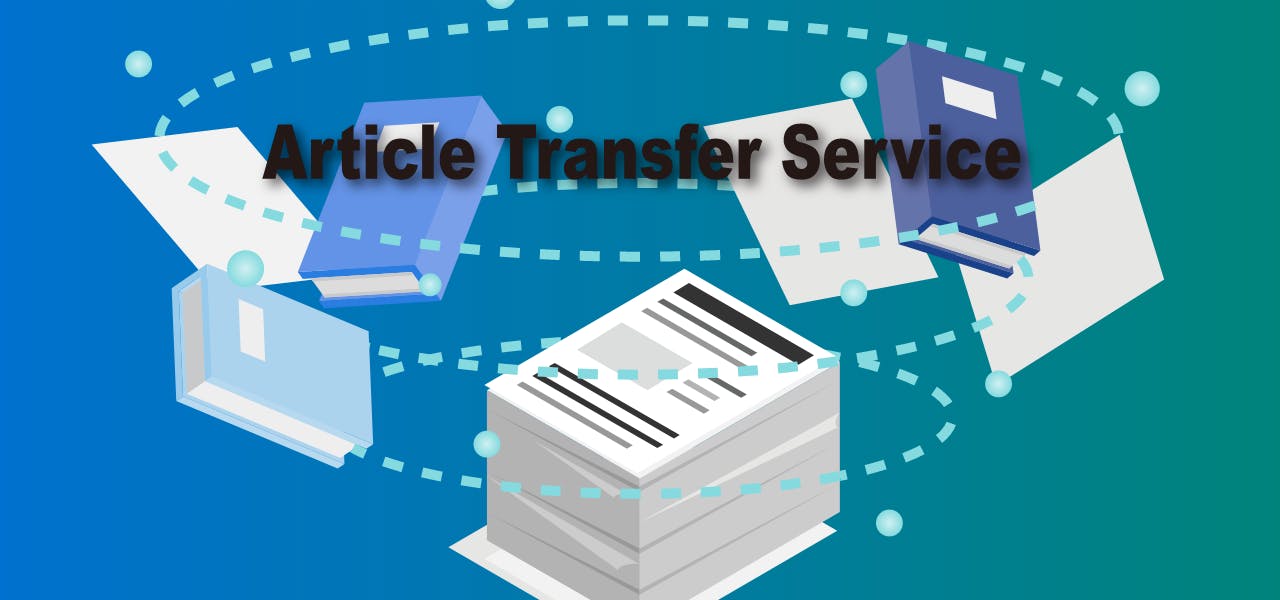The journal submission process can be long and grueling as you sit around and wait to see if your article will be accepted or rejected. You can’t submit to multiple publications at once, so a rejection means repeating the process over again until your work is finally accepted. This can get costly, and if your research is time-sensitive, it can mean that by the time you reach the right publisher, the information is obsolete anyway.
The importance of an accurate submission in the publishing process is crucial to avoid unnecessary rejections. It’s also important to submit your work to a journal that focuses on the scope of your research in the first place. With so much on the line, it’s no wonder that many authors turn to companies that offer article transfer services to handle their academic publishing needs instead of doing it on their own.
Challenges to Getting Your Work Accepted
Getting your research completed is the first obstacle, but then after you have put it together in a professional manuscript, the next problem becomes getting it accepted for publishing from a reputable journal. Before your work is published, you have to overcome a few challenges, such as:
● Finding a journal that has a focused scope in line with the work you are submitting. If you aren’t looking at the author’s requirements and audience carefully, you’re wasting your time and that of the journal editor’s. It’s not too difficult to determine the scope of the journal. You just need to go to their home page and find the section that is dedicated to the author’s instructions. Take some time to search through the archived journals in their database to see if what they have published in the past is similar to what you’re submitting.
● Using citations and sources correctly. Citations are huge in the world of digital journal publications, and editors know their stuff about the subjects within their scope. If your citations and references seem questionable, they’ll return your work and request further citations.
● Publishing about ethical situations. Scholarly publications don’t mess around with questions of ethical violations. If your work contains research on the cusp of a potential ethics question, you are going to have trouble getting any editor to accept it unless you show proof immediately that you went through all the right hoops to do the research and you have the documentation to prove it.
Knowing those challenges ahead of time can help you reduce the time spent in the publishing cycle. Getting an article transfer service can also prevent problems.
What is an Article Transfer Service?
An article transfer service is offered by some companies as a way to help writers find the right publisher for their work without a hit-and-miss method to sending their research to journals. If you’ve received a rejection because the editor feels your work is better off with a different journal, the article transfer service may be your next best step.
In these services, authors can save time getting their work edited because it’s being transferred from a prior reviewer, so new editors can use those thoughts and comments. But you can revise your work first, including the cover letter, and consider the reviews from the previous editor so you don’t end up with the same problems. Because the work is coming from an article transfer service company, it speeds up the time it takes to get in front of the editor at the new journal.
With an article transfer service, you simply get a transfer link in an email that contains a list of alternative journals that might be better suited for your article. You can choose which one you want to send it to, and then your entire submission, including past reviews and revisions, will be sent to the new publishing company. You’ll see all the final submission changes in PDF form for final approval before anything is sent off.
There are two main types of article transfers:
● The Pre-review and Post-Review types, in which the original editor suggests a different journal for your article. You’ll have this opportunity to transfer your article as well as the reviewer comments straight to the suggested journal. At that time, the new editor will use prior considerations and your work to decide whether to publish it or not.
● The Recommended Accept type, in which a journal gives a provisional acceptance that they want to publish your work, but there are conditions that must be met first. A peer review may have shown that your work isn’t suitable for the journal you first tried but should be ready for another journal. They will give you the offer to transfer it and the reviewer comments to the new journal with the expectation that the suggested journal will publish your work based solely on the recommendation of the first editor.
Using these transfer services saves you time and headache, and helps to increase the professionalism of your work in front of new editors.
